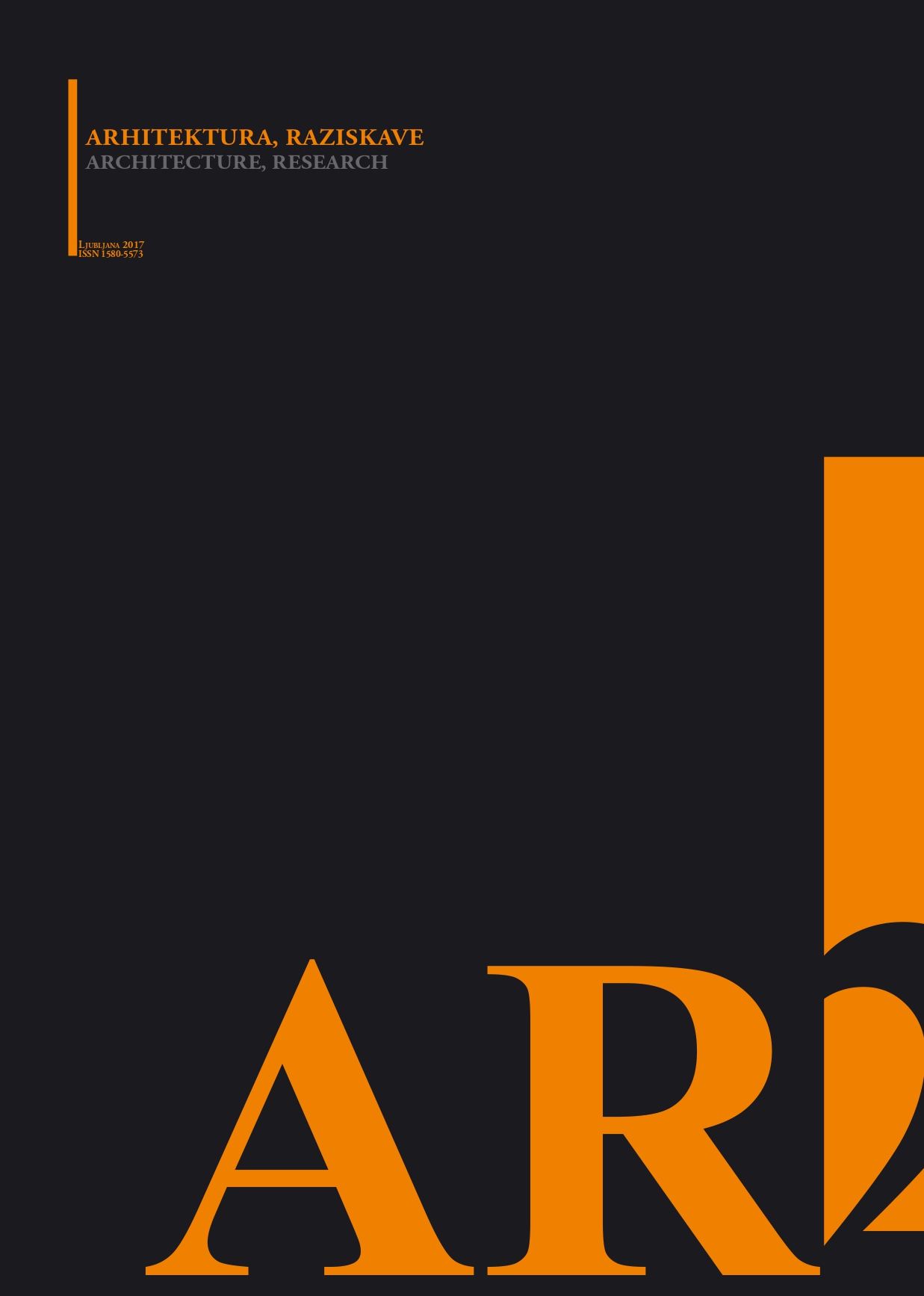IZSLEDKI KVANTITATIVNE ANALIZE STAVBNEGA FONDA OSNOVNIH ŠOL V SLOVENIJI
THE RESULTS OF A QUANTITATIVE ANALYSIS OF THE BUILDING FUND FOR ELEMENTARY SCHOOLS IN SLOVENIA
Author(s): Matej Blenkuš, Mitja ZorcSubject(s): Education, Museology & Heritage Studies, Architecture
Published by: Fakulteta za arhitekturo, Univerza v Ljubljani
Keywords: School buildings; norms; guidelines; instructions for building schools; classroom; spatial parameters;
Summary/Abstract: The building fund for elementary schools in Slovenia, which includes primary schools and branches, is extensive and diverse. In order to create an overview of the fund and the buildings compared to each other, the basic data about the main characteristics of all the buildings from publicly accessible databases have been provided. Data on the number of departments and floors, the location of the space and the year of construction were highlighted as being key. It is possible to define architecturally important and anonymous buildings from the information in publications of the professional press, the recipients of the professional awards and from the inclusion on the list of cultural heritage. On this basis, the categorization of buildings and a quantitative analysis were carried out. From a detailed overview of the regulations governing the design and construction of schools in Slovenia in the course of history and a comparison of the spatial parameters for basic spatial units and program blocks determined by the regulations, we can conclude that the basic spatial needs of the school did not change significantly over the various periods. Also, an isolated classroom remains the basic spatial unit of the school building for all periods, which also determines the framework of the educational activity. Thus, buildings from different periods, with some functional additions (gymnasiums, dining rooms, multipurpose halls), could remain in use over time. The latest forms of pedagogical work supported by information and communication technology bring innovations in the design of the school space, which require changes in the established normative requirements.
Journal: AR Arhitektura, raziskave
- Issue Year: 2017
- Issue No: 2
- Page Range: 48-59
- Page Count: 12
- Language: Slovenian

